The power dissipated in the wires is not reactive power, because the voltage drop in the wires is in-phase with the current through them. This is real power.
If the load is purely reactive (a pure inductance or pure capacitance), the voltage across the load is 90° out-of-phase with the current, and so no real power is dissipated there.
Therefore, the load seen by the generator has both a real component and a reactive component, because the current draw that it experiences has a phase relationsip that falls somewhere between 0° and 90°.
Another way of saying this is that the voltage at the load is not in-phase with the voltage at the generator, because of the resistance of the wires. Here's a diagram to illustrate the point:

The generator, the load and the wires are all in series, so there's only one value of current that applies at all points in the circuit. KVL tells us that the voltages must sum to zero; another way of saying this is that the generator voltage must match the sum of the load voltage and the wire voltage.
If the load is a pure reactance, the voltage across it is 90° out of phase with the current. However, if the wire is a pure resistance, then the voltage across it must be in-phase with the current. Therefore, we must add these two values as complex numbers, which means that the magnitude of the generator voltage must be equal to the length of the hypotenuse formed by the two voltages, or the square root of the sum of their squares.
As you can see from the diagram, this means that the current is NOT 90° out of phase with the generator voltage — and the in-phase component represents the power dissipated in the wire.




